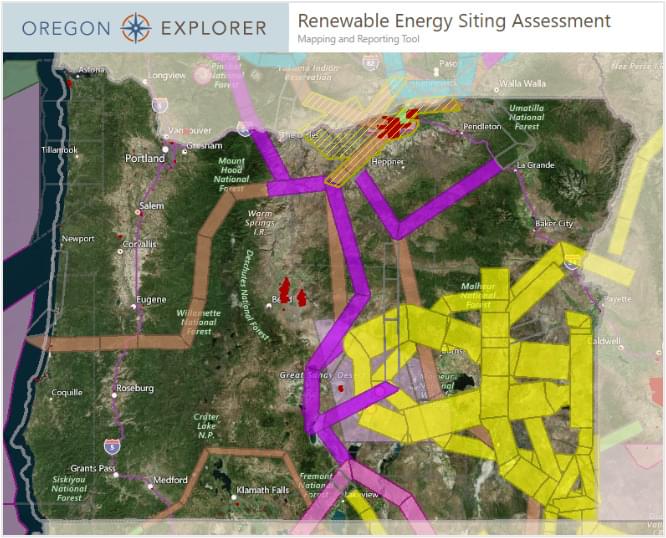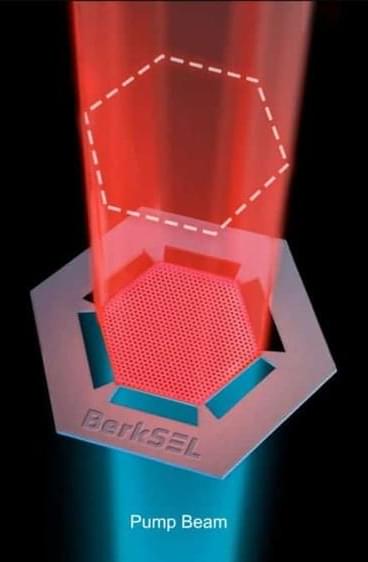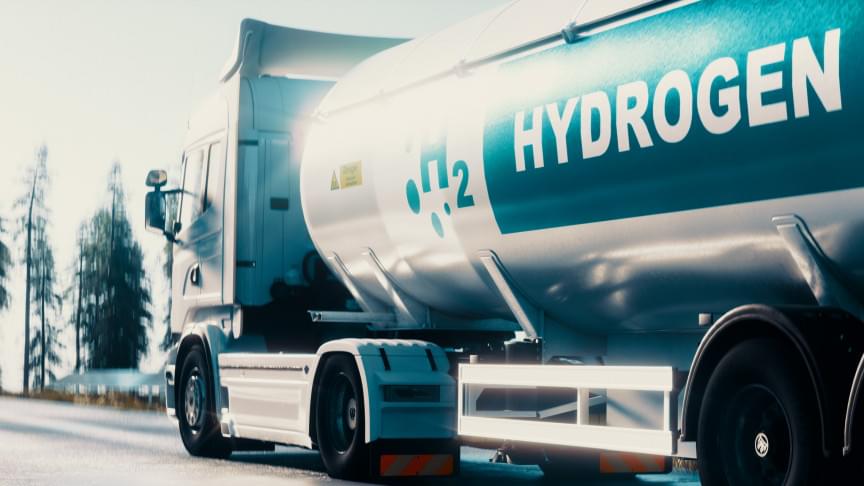Circa 2018 unlimited energy using graphene.
University of Arkansas researchers have shown that the motion of graphene could supply an unlimited amount of clean energy. (Image credit: Pixabay)Graphene advancements are rolling out on a regular basis, with new developments in production 0, strength 0, and have even used it to create 3D printed objects. Researchers from the University of Arkansas have also utilized the material to create a source of potential unlimited clean energy, thanks to its flexibility.







